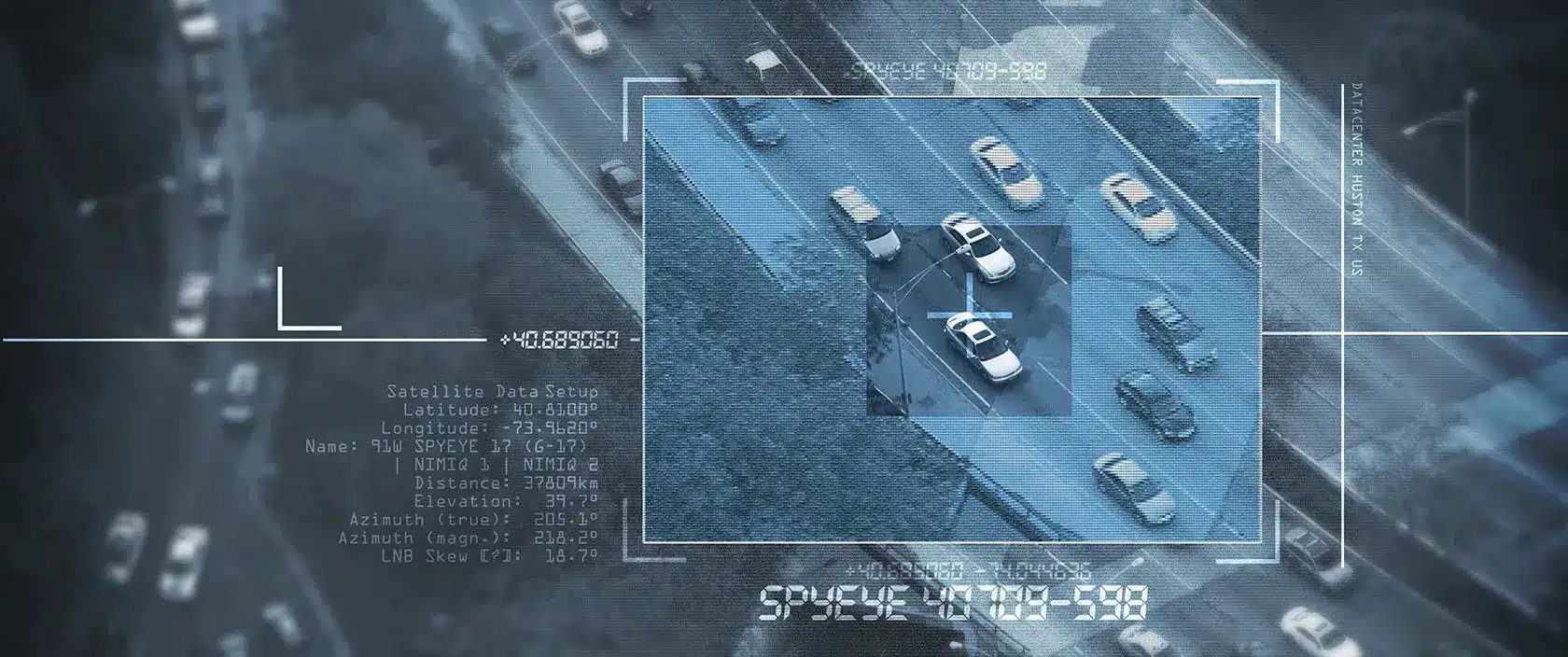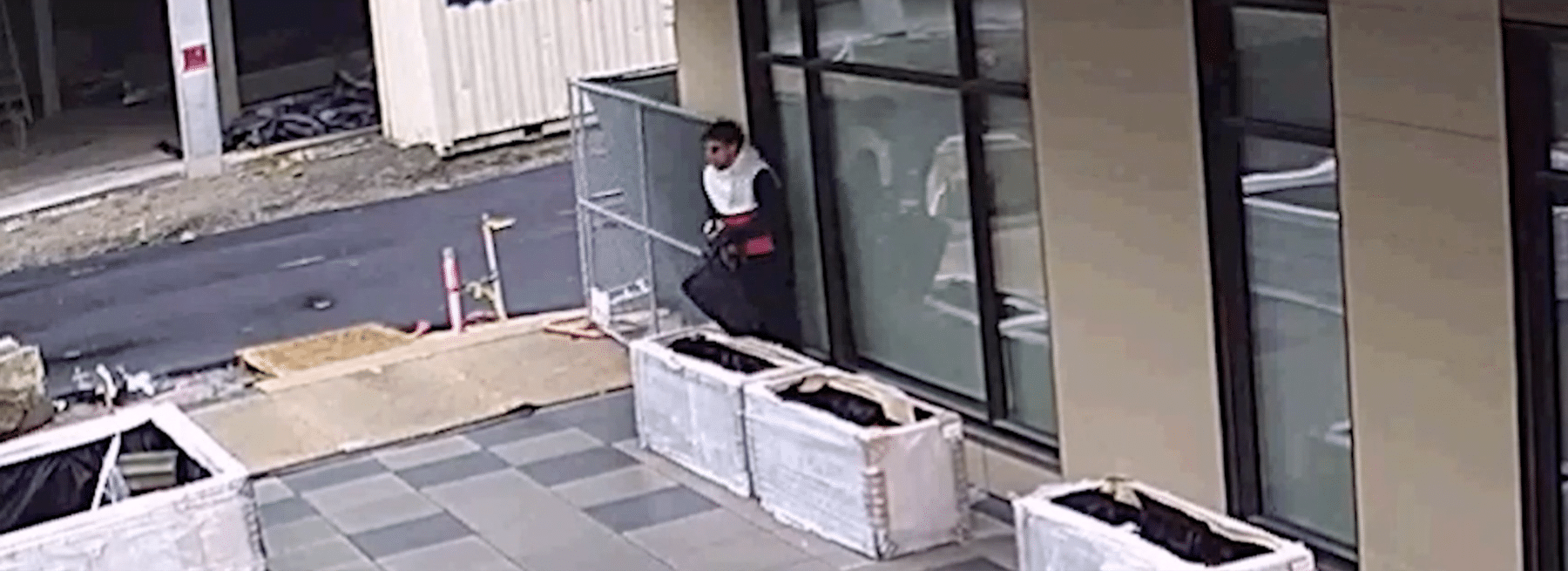If anyone didn’t know what the supply chain meant, they do now. The supply chain has constantly made the news for the past two years because of its far-reaching impact on everyone’s lives. High gas prices, shoppers can’t find their favorite food or beverage, and customers switching to more affordable generic products due to inflation.
Factors Affecting the Food and Beverage Supply Chain Problems
The impact of the supply chain and inflation are so strong that they’re changing demand and people’s buying habits. As if that’s not enough, there are a few more things affecting the brittle supply chain. One is severe weather. You may have read about the infant formula recall and shortage. Initially, the recall started because of potentially defective products.
The manufacturing facility restarted operations only to be stopped again due to severe storms. The storm flooded the facility. This required cleanup and testing to ensure nothing from the floods infected the facility to put the products at risk for contamination. The other thing affecting the supply chain is trade tariffs.
You could say it was a perfect storm of unexpected and unusual events that created the biggest supply chain snarl in recent history, and possibly for all time.
All of these factors have caused empty shelves or customers not being able to find their favorite products. The other problem is the shortage of truck drivers. This is causing a pile-up of cargo. Moreover, it’s putting food and beverages with limited shelf lives at risk of spoiling due to delays in transportation.
The food and beverage industry also faces labor shortages in processing and packing plants. As the infomercials love to say, but wait, there’s more. If any part of the food and beverage manufacturing equipment breaks, then it may be hard to get replacement parts. The supply chain is to blame for the problems with obtaining replacement parts and products.
Even ports struggle to keep up as cargo has piled up. This puts cargo at risk for theft. In 2021, the Port of Los Angeles beat its previous cargo throughput record in 2018. It had processed more volume than any other port in the Western Hemisphere.
Here’s the twist. The wobbly supply chain compelled the Port to optimize its operations to be more efficient. Don’t forget there’s a truck driver shortage on top of this. As a result, the efficient operations created a stockpile of cargo with no trucks to pick up the cargo. With more cargo sitting around, thieves are taking advantage of the opportunity.
Some food and beverage warehouses and facilities may be stuck with more cargo than before the supply chain breakdown. What’s the answer to overcoming the supply chain problems in the food and beverage industry? Security.
Why the Food and Beverage Industry Needs More Security
The food and beverage industry has always needed to follow strict food safety guidelines. And those guidelines play a big role in the supply chain. These haven’t changed. What is different now is that the supply chain remains weak. Because of this, food and beverage facilities continue to struggle with getting caught up to the point that they return to pre-pandemic production.
They also depend on external factors that affect their own production. If they need replacement parts, they may not get them quickly. If they can’t get ingredients due to tariffs or costs, then they can’t do any processing or manufacturing.
As you know, costs have skyrocketed for many food and beverage products. According to NextAdvisor, inflation hit a 40-year high in December 2021. With the cost of food and beverage climbing, the industry has become more susceptible to theft. Inflation and the unpredictable supply change have created a big problem in supply and demand.
The surplus of cargo sitting around makes it possible for organized crime gangs to steal these items in bulk and resell them for large sums. They also look for products that are hard to trace. Food and beverage-related products fit this profile perfectly. They know the chances of getting away with theft of food and beverages are high as these products are consumed. Thus, it’s hard to get evidence and prove who stole them.
Cargo theft yields a lot of money as a Sensitech U.S. Cargo Theft Report reveals the average loss value per incident of cargo theft during the third quarter of 2021 was $337,000. Put all of these factors together and it’s clear why the food and beverage industry has been putting a high priority on security.
Implementing food and beverage facility security procedures and systems will help increase security. At the same time, it will enhance safety. There is no single security technology or solution that can do everything. Optimizing security and safety requires implementing layered security with these technologies. The industry can overcome supply chain issues with these food and beverage facility security technologies
Add Video Surveillance with Monitoring
Remote video surveillance provides multiple layers and comes with many food and beverage security benefits. Video surveillance systems with remote monitoring can watch over the entire perimeter of your food and beverage facility. The technology can help deter crime, enhance facility productivity, boost safety, and reduce liability.
Remote video surveillance systems can help stop crime or catch the suspects before they leave the property or cause damage. A trained monitoring operator could catch someone suspicious approaching the facility before they reach the building. This allows the operator to be proactive and do something right away.
Here’s how remote video surveillance adds multiple layers of security. The first deterrent is the visibility of security cameras. Some trespassers will leave your facility alone as soon as they see the cameras. Not all of them will be scared off by the cameras, so the second deterrent is the offsite trained monitoring operator issuing a warning over an on-site speaker telling the intruders to leave the property. This stops some suspects, but not all of them, especially organized crime gangs.
If the intruders don’t slow down or turn around, then the operator can call the police. While the police are on their way to the facility, the operator can track the suspects and provide updates to the police dispatcher. Anytime the suspects leave the scene of the crime before the police arrive, video analysts could find the footage and send that to law enforcement to help identify and capture the crooks. This is why it’s essential to implement the right video monitoring technology. Not all security cameras can make out faces and details.
You’ll have the evidence you need as the footage the security cameras see can be saved and searched. Some video surveillance technologies can read license plates and make out other identifying information. You’ll want to look for a video surveillance system that integrates video analytics because it helps ease the trained monitoring operator’s load while increasing the chances of catching a potential problem. They work together to help identify and report warehouse safety and security hazards.
You can also get the evidence you need from the video recordings to help you with difficult-to-win cases such as fraud, injury, and liability claims. Besides, companies sometimes learn about a problem that happened days earlier. So, when you’re shopping around for video surveillance technology, ask about video retention.
The company won’t have to worry about false alarms and the costs associated with them. The operator can help ensure emergency personnel don’t get a phone call when there’s a false alarm.
The advantage of real-time video monitoring is that you gain peace of mind knowing that there are eyes across the entire food and beverage facility. Security guards don’t have this ability. They can only see the areas where they are patrolling.
Integrate an Access Control System
An access control system manages who can and cannot enter the facility. It can also limit access to restricted rooms and different parts of the facility. If you have a parking garage or a gated area, then the access control system can manage who can get in with their own access cards.
When a security technology incorporates video monitoring cameras with access control, you can match the time stamp from the access with the video to see what happened at a certain time.
An access control system offers the following advantages:
- Authenticating identities.
- Controlling internal and external access.
- Incorporating photo identification.
- Eliminating the need for keys.
- Cutting down on manual security procedures.
Depending on the system you use, you might be able to grant access based on a set time or for a time period. Unlike other automated entry systems, an access control system can track who accesses any area of the facility. This is especially important in a facility with a server room that stores a lot of sensitive data. Cloud-based access control systems can watch for potential security breaches.
Security is essential at food and beverage facilities. Stealth Monitoring’s proactive remote video surveillance does more than protect your facility. It’s a critical function when the supply chain continues to limp along. The food and beverage industry must minimize any risk in losing their assets and inventory. Otherwise, there could be a domino effect on your business between inflation and supply chain problems.
To learn more, download the free guide “Remote Video Monitoring: More Than Just Catching Criminals.” If you need help creating a security plan or want to learn more about video security, please contact us.





